My garden is dying!
terriemac
11 years ago
Related Stories
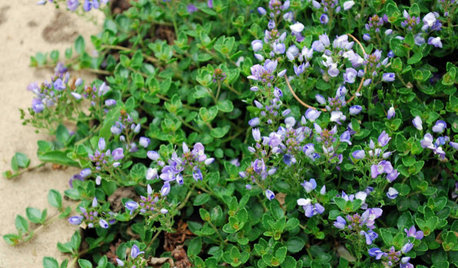
GARDENING GUIDESGreat Design Plant: Veronica
Consider adaptable Veronica, or speedwell, for its colorful blooms, butterfly-drawing power and low maintenance requirements
Full Story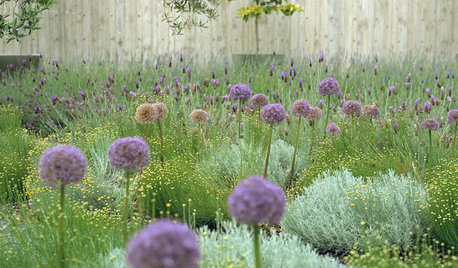
GARDENING GUIDESGreat Design Plant: Ornamental Allium
Lollipop blooms on tall, leafless stems add an architectural element to gardens of all styles
Full Story
GARDENING GUIDESGreat Design Plant: Milkweed
Quit cringing. This not-weed plant is a sight to behold in the garden, has a delicious vanilla scent and is a magnet for butterflies
Full Story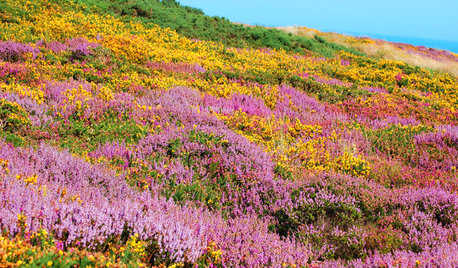
GARDENING FOR BUTTERFLIESGreat Design Plant: Scotch Heather
The moors aren't all moody, as this prettily colored evergreen shrub proves. Plant it en masse for an epic romance in your own garden
Full Story
WINTER GARDENING10 Native Wildflowers to Beautify Your Winter Garden
They stand strong in wind, feed wildlife and are easy to grow. But you may want to add these plants for their looks alone
Full Story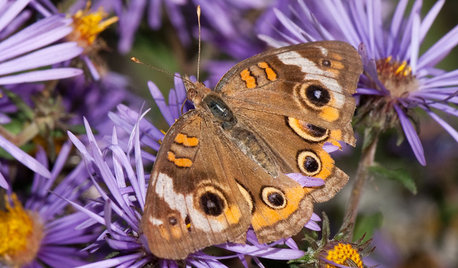
FALL GARDENINGGreat Design Plant: Symphyotrichum Novae-Angliae Ushers in Fall
With bold purple flowers easily accessible to pollinators, New England aster offers loads of interest in the autumn garden
Full Story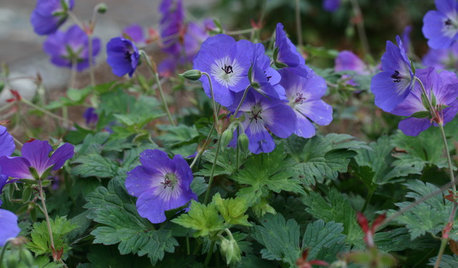
FLOWERSGreat Design Plant: 'Rozanne' Cranesbill
Try this vigorous scrambling beauty as a ground cover or container plant for captivating garden color all summer long
Full Story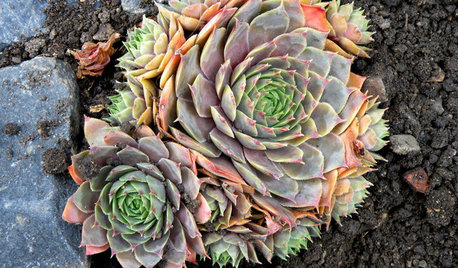
GARDENING GUIDESGreat Design Plant: Hens-and-Chicks
Plant Sempervivum succulents for fuss-free garden color and character all year
Full Story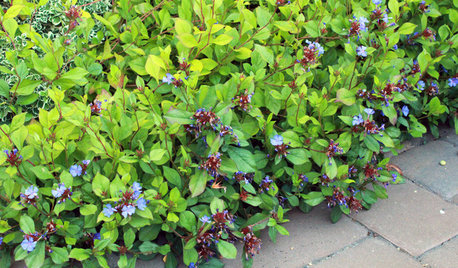
GARDENING GUIDESGreat Design Plant: Plumbago
A multifacted ground cover with an enormous range, plumbago solves landscape problems with panache
Full Story
GARDENING GUIDES10 Drought-Tolerant Shrubs That Thrive in Full Sun and Reflected Heat
Got a hot spot in your garden where plants often die? Try these tough shrubs that add beauty while shrugging off the heat
Full StoryMore Discussions







Laurel Zito
toxcrusadr
Related Professionals
Ballwin Landscape Architects & Landscape Designers · Stamford Landscape Contractors · Wakefield Landscape Contractors · Cerritos Landscape Contractors · Columbine Landscape Contractors · Hawthorne Landscape Contractors · Kerman Landscape Contractors · Wentzville Landscape Contractors · Cave Spring Decks, Patios & Outdoor Enclosures · Baton Rouge Decks, Patios & Outdoor Enclosures · Kyle Decks, Patios & Outdoor Enclosures · Meridian Decks, Patios & Outdoor Enclosures · Richmond Decks, Patios & Outdoor Enclosures · Shirley Decks, Patios & Outdoor Enclosures · Vero Beach Decks, Patios & Outdoor EnclosuresLaurel Zito
PianoFury
toxcrusadr
oliveoyl3
diggity_ma
terriemacOriginal Author
terriemacOriginal Author
Laurel Zito
idaho_gardener
Laurel Zito
idaho_gardener
toxcrusadr
idaho_gardener
Laurel Zito
Nancy
toxcrusadr
terriemacOriginal Author
toxcrusadr
terriemacOriginal Author
Laurel Zito
terriemacOriginal Author
Laurel Zito
rhizo_1 (North AL) zone 7
blazeaglory
Laurel Zito
toxcrusadr
Laurel Zito
Laurel Zito
emgardener
Laurel Zito
idaho_gardener
Laurel Zito
emgardener
toxcrusadr
terriemacOriginal Author
idaho_gardener
Laurel Zito
Laurel Zito
terriemacOriginal Author
Laurel Zito
magnetico
Laurel Zito
terriemacOriginal Author
toxcrusadr
Laurel Zito
toxcrusadr
magnetico
toxcrusadr